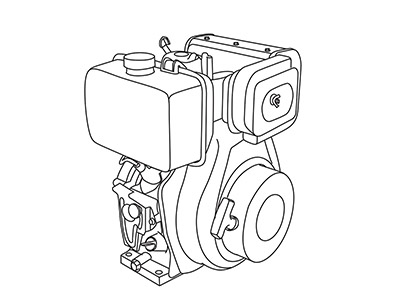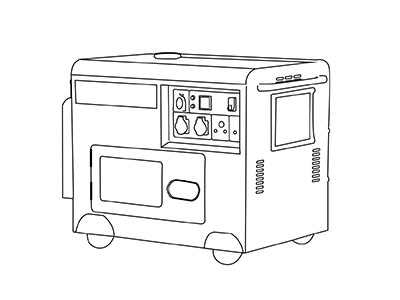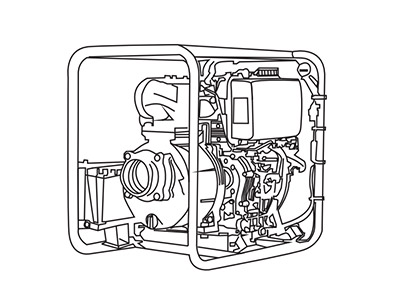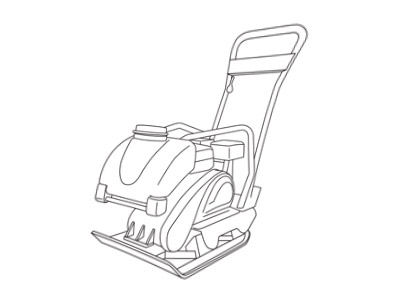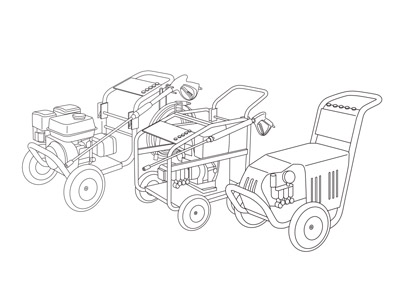What is the difference between a diesel engine and a gasoline engine
 Mar 20, 2023|
Mar 20, 2023| View:477
View:477Today, the vast majority of household cars are gasoline engines, while only a few models use diesel engines. Gasoline engines give the impression of low noise and high speed. Diesel engines give the impression of high speed and strong torque. And diesel engines are generally more fuel efficient than gasoline engines. So apart from these differences, what are the differences between diesel engines and gasoline engines? To address this issue, let us have a detailed introduction from the engine manufacturer Excalibur!
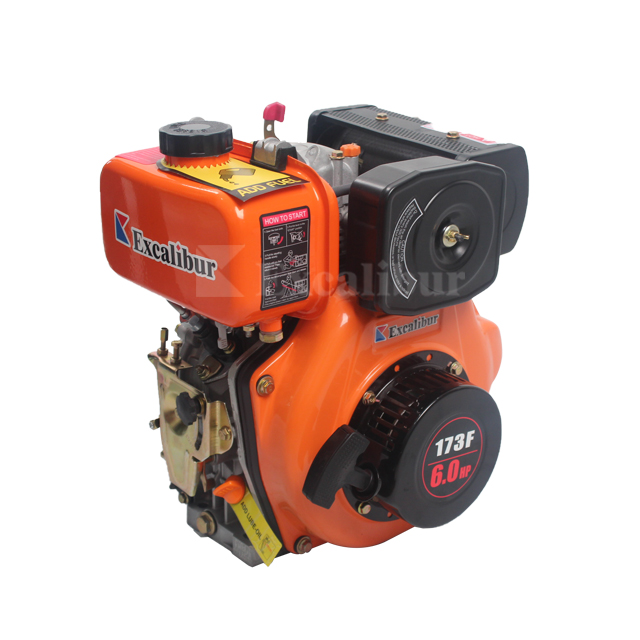
The ignition method of engine fuel is different:
Gasoline enginesrely on spark plugs to ignite the oil entering the cylinders, while diesel engines rely on the high temperature generated by the piston's compressed air to cause diesel fuel to combust on its own. Because gasoline has a higher self ignition temperature, it is not practical to achieve compression ignition of gasoline. The only way to achieve compression ignition is to use the high temperature generated by the spark plug to forcibly ignite the gasoline. "The autoignition temperature of diesel fuel is relatively low. As long as the compression ratio is large enough, the temperature generated by the piston compressed air is sufficient to allow the diesel fuel to ignite and burn itself.". Therefore, the compression ratio of diesel engines is generally higher, so that a sufficiently high temperature can be generated at the end of the compression stroke. Due to the higher compression ratio, the higher thermal efficiency is, so the thermal efficiency of diesel engines is generally higher than that of gasoline engines.
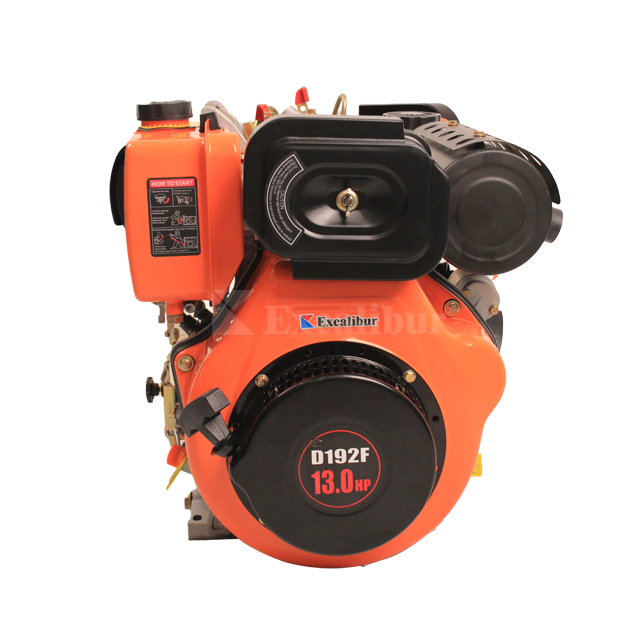
The combustion mode of the engine is different:
Whether it's diesel or gasoline, to burn, the fuel must first evaporate into fuel vapor, which then mixes with air to form a combustible mixture. Due to the strong evaporation of gasoline, gasoline engines fully mix gasoline and air before spark plug ignition. For example, common gasoline engines inject fuel during the intake stroke, allowing sufficient time for gasoline to evaporate and mix during the intake stroke and compression stroke to form a uniform combustible mixture. When the compression stroke is nearing the end, the spark plug produces an electric arc, igniting the mixture, and the engine can do external work. Due to the strong evaporation of gasoline and the ample time it takes to mix with air after entering the cylinder, the injection pressure of a gasoline engine does not need to be too high. Diesel engines do not inject fuel during the intake and compression strokes, and only at the end of the compression stroke does the fuel injection nozzle begin to inject fuel when the temperature in the cylinder rises sharply. Due to the high viscosity of diesel fuel, the injection pressure is very high, and diesel fuel is injected into very small mist like droplets. These droplets quickly evaporate and mix with air after encountering the high temperature in the cylinder, and then burn themselves. Therefore, the diesel engine starts to inject fuel at the end of the compression stroke, burning while spraying.
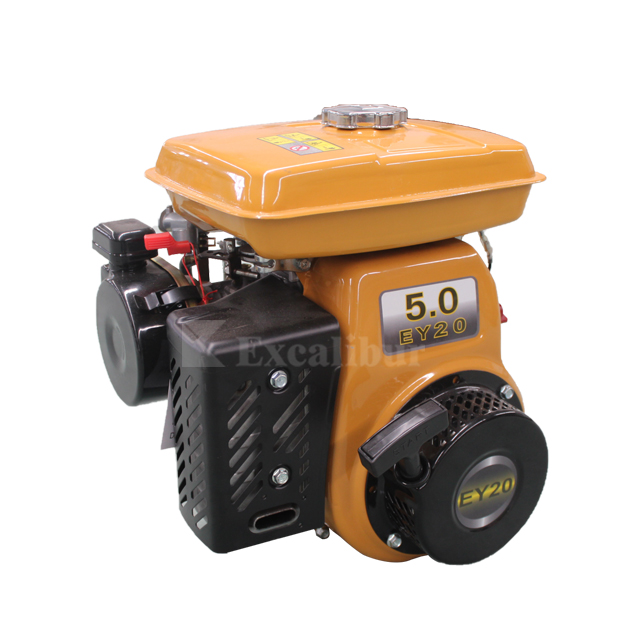
The engine power control methods are different:
A gasoline engine indirectly controls the amount of fuel injected by controlling the intake air. There is a part called a throttle on the intake pipe, which is controlled by the accelerator pedal. The throttle acts like a valve, controlling the amount of air entering the cylinder. The deeper the accelerator pedal is depressed, the greater the throttle opening, and the more air enters the engine. The engine control computer then calculates the amount of fuel injected based on the intake air volume of the cylinder, thereby controlling the size of the engine's power output.
Diesel engines are much simpler, relying directly on the amount of fuel injected to control the power level. A diesel engine has no throttle valve, and the maximum intake air quantity can always be obtained in the cylinder. Then, the power level is adjusted by controlling the fuel injection quantity. When the accelerator is pressed lightly, the fuel injection volume is low, and the power is low. When the accelerator is pressed heavily, the fuel injection rate increases and the power becomes stronger.
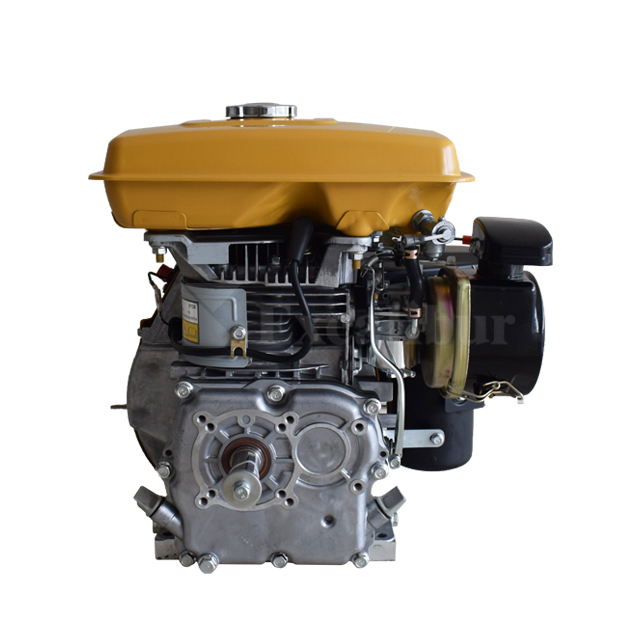
The above is an introduction to the differences between diesel engines and gasoline engines before. Excalibur is an engine manufacturer. We not only produce gasoline engines, but also diesel engines. The engine we produce is of good quality and low price. If there is any need, welcome to consult!
